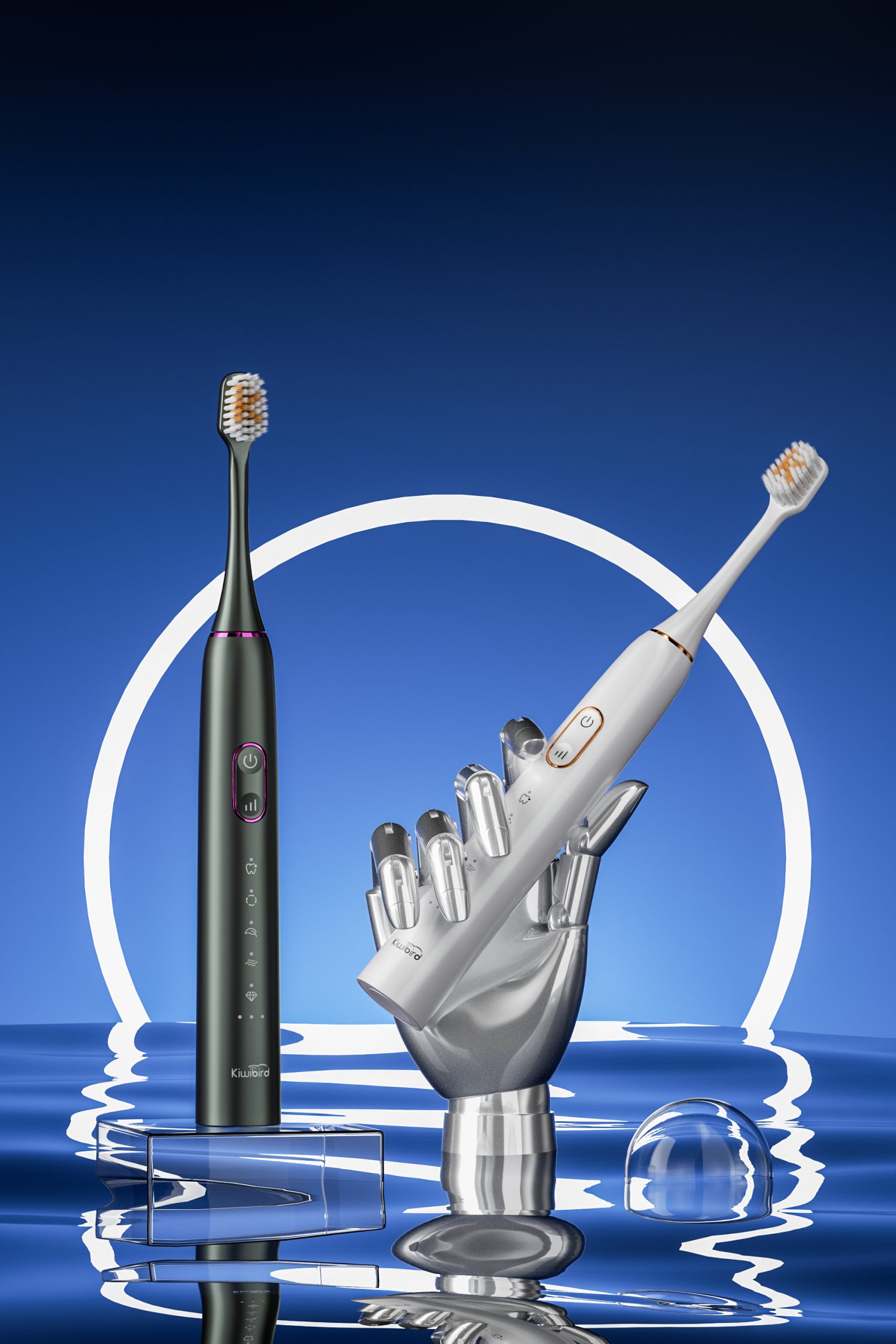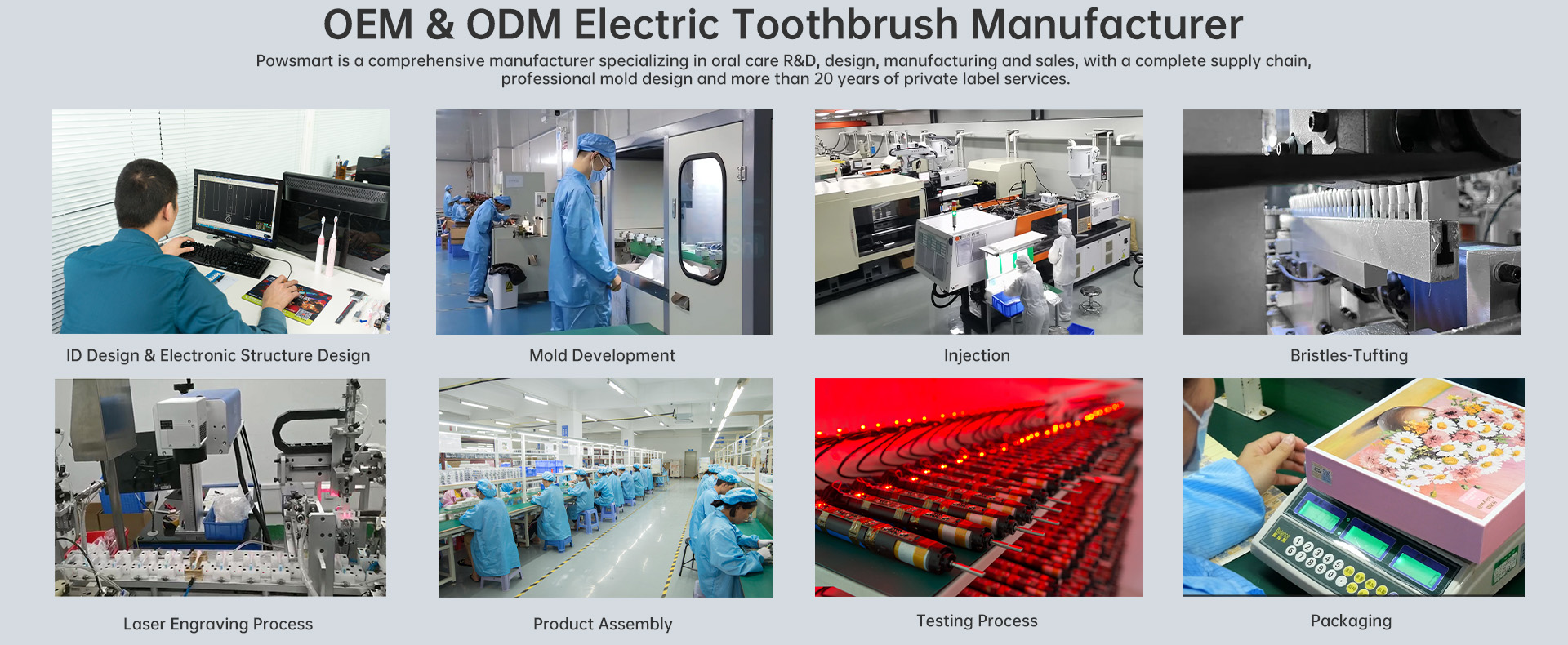Gum recession is a growing concern in oral health, often attributed to factors like aggressive brushing or periodontal disease. However, recent user feedback and clinical observations point to an overlooked culprit: pulse inconsistency in electric oral care devices, especially water flossers and sonic toothbrushes. For manufacturers in the B2B market, understanding and mitigating this issue is vital to product safety, user trust, and long-term brand reputation.
Pulse inconsistency refers to irregular or fluctuating pressure and frequency in electric toothbrushes and water flossers. Instead of delivering a stable, rhythmic action, the device may spike or dip unpredictably. This can occur due to:
While seemingly minor, such irregularity can have a significant cumulative effect on gum tissue.
Gums are highly sensitive to mechanical force. Consistent, gentle stimulation can promote circulation and health, but unpredictable pulses act like micro-traumas. Over time, the repeated application of uneven pressure may cause the gum line to shrink or detach from the tooth, leading to gum recession.
Clinical professionals have begun to associate irregular pulsing with localized tissue inflammation and thinning. This is especially problematic for users with pre-existing gum sensitivity or thin biotypes.
Manufacturers must closely monitor design choices that may contribute to pulse variability, such as:
Quality assurance teams should integrate pulse stability testing as a standard protocol during production.Company web: https://www.powsmart.com/product/electric-toothbrush/
Not all users are affected equally. Those most at risk of gum recession due to pulse inconsistency include:
This makes it even more crucial for B-end sellers to provide technical reliability and educate resellers on proper device usage.
Addressing pulse inconsistency requires collaboration between electrical engineers, product designers, and regulatory teams. Effective strategies include:
These changes not only reduce the risk of gum recession, but also increase device lifespan and user satisfaction.
Beyond design, B2B manufacturers should support retail partners and distributors with:
Providing education alongside superior technology ensures that pulse inconsistency does not become a hidden liability.
While subtle, pulse inconsistency is a real technical flaw with direct implications for gum recession—and brand liability. For manufacturers targeting the premium oral care market, addressing this risk through smarter design and rigorous testing is not just a value-add, but a necessity. By investing in pulse-stable systems and user-centric education, B2B suppliers can lead the industry in both innovation and safety. Contact us.
.jpg)
.jpg)

Long-Lasting Smart Toothbrushes: 90–250 Days Battery Life for Bulk Buyers
.jpg)
Multiple Cleaning Modes in Electric Toothbrushes: OEM Options Explained
Light Burns Cause Bite Misalignment? Whitener Safety Controversy!
.jpg)
Is Bluetooth Toothbrush APP Tracking Failure Causing User Adaptation Issues?
.jpg)
Need a Transparent Electric Toothbrush Cost Breakdown to Build a Strong Electric Toothbrush Supplier Relationship?
Compatibility Confusion with Nozzle Replacement? What OEM Buyers Must Know
.jpg)
Key Points for Customized Water Flosser Nozzle: Food-Grade Silicone vs. PP Material and Antibacterial Structure Design

Can Travel Electric Toothbrush’s Waterproof Failure Cause Circuit Corrosion?
Electric Toothbrush for Plaque Removal – Professional Cleaning for Dental Businesses
.jpg)
The Secret of the Cross-Sectional Shape of Electric Toothbrush Bristles: The Difference Between Diamond, Round and Cone in Protecting Gums
.jpg)
What’s the Gentlest Brush for Gums?

Gingival Abrasion with Saliva Depletion – A Silent Crisis in Oral Care Design?

Antibacterial Water Flosser Technology Trend: The Importance of UV Sterilization for Water Tank Hygiene Assurance
.jpg)
Smart Electric Toothbrush Manufacturing: How to Choose the Best OEM Partner
.jpg)
How to Evaluate an Electric Toothbrush Supplier Portfolio and Electric Toothbrush Supplier Capabilities?

How to Create High-premium Oral Care Products through the Concept of “Treating Yourself Well”?

Private Label Whitening Gel

electric toothbrush heads Regular Clean

electric toothbrush heads Charcoal Infuse-Round

Electric toothbrush heads Charcoal Infused-Diamond
.jpg)
Florida Electric Toothbrush – Powsmart PTR-C8

electric toothbrush heads Ultra Soft

electric toothbrush heads Deep Clean

Customization Teeth Whitening Gel
whstapp
whstapp
National Toll-Free Service Hotline
+86 755 86238638